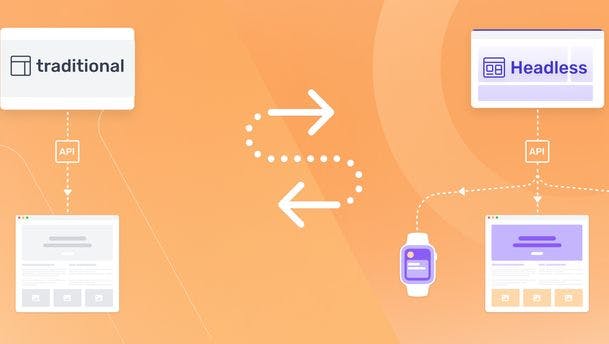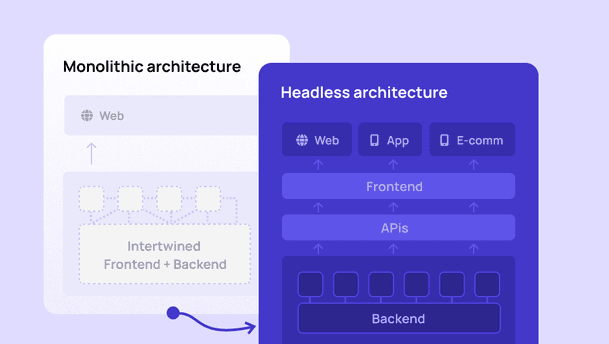What is Joomla?
Joomla is an open-source content management system (CMS) that allows you to create and manage dynamic websites through a feature-rich administration panel. Launched in 2005 as a fork of the Mambo CMS, Joomla's first version was released on September 16, 2005. Built on a model-view-controller (MVC) framework, Joomla is versatile and suitable for various applications beyond content management. Its simplicity has attracted a large user base, resulting in over 100 million downloads to date.
Joomla powers 2.4% of all websites that use a known CMS. Like other traditional CMS platforms such as WordPress, Joomla is designed to build, organize, manage, and publish web content. While WordPress leads in overall usage, Joomla has carved out a niche, often being used by sites with higher traffic compared to platforms like Squarespace and Wix.
Joomla Pros & Cons
👍 User-friendly
👍 Ideal for building websites
👍 Advanced community and documentation
👍 Open source and (partially) free to use
👍 Multilingual support
👍 SEO friendly
👎 Generic look and feel
👎 Prone to security breaches
👎 Limited market share
👎 Slower performance
👎 Time-consuming maintenance
What is a Headless CMS?
Besides traditional CMSs like Joomla, you can choose to use a headless CMS. A headless CMS is a backend-only solution that separates the website's presentation layer from its backend (the editing environment and database). It uses an API to make digital content available on all platforms. When someone visits a website or opens a mobile app, the content automatically adjusts to the environment and displays perfectly.






